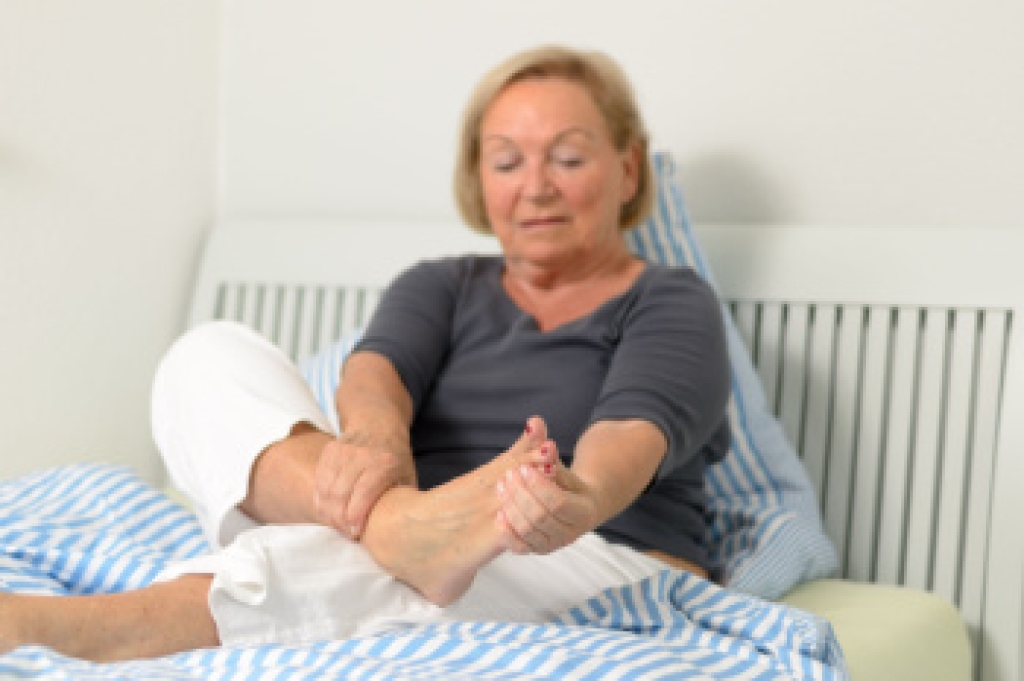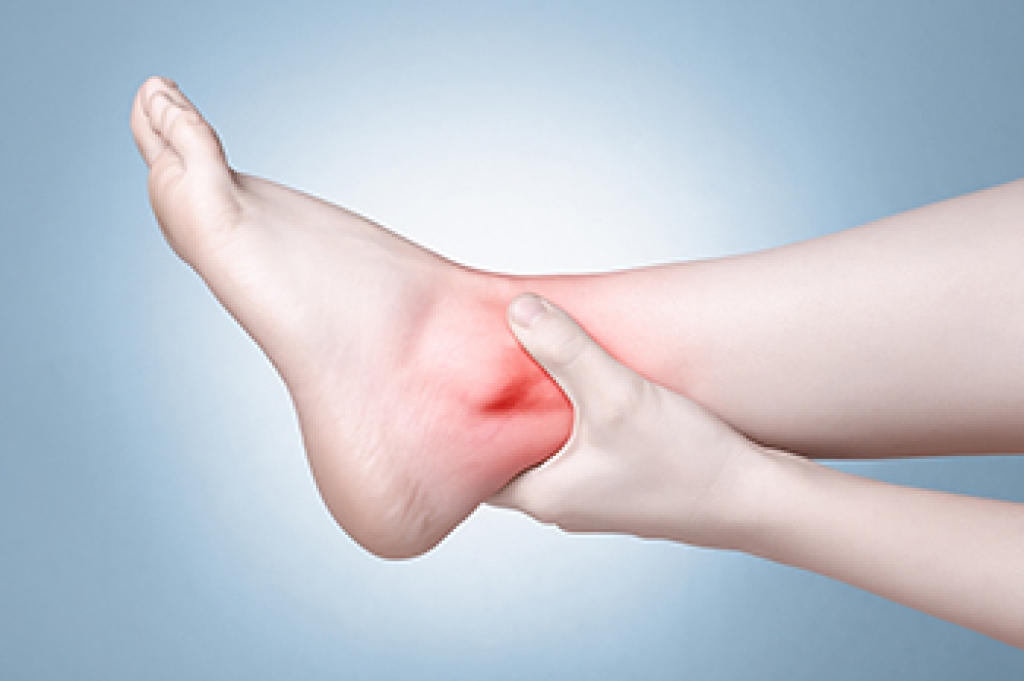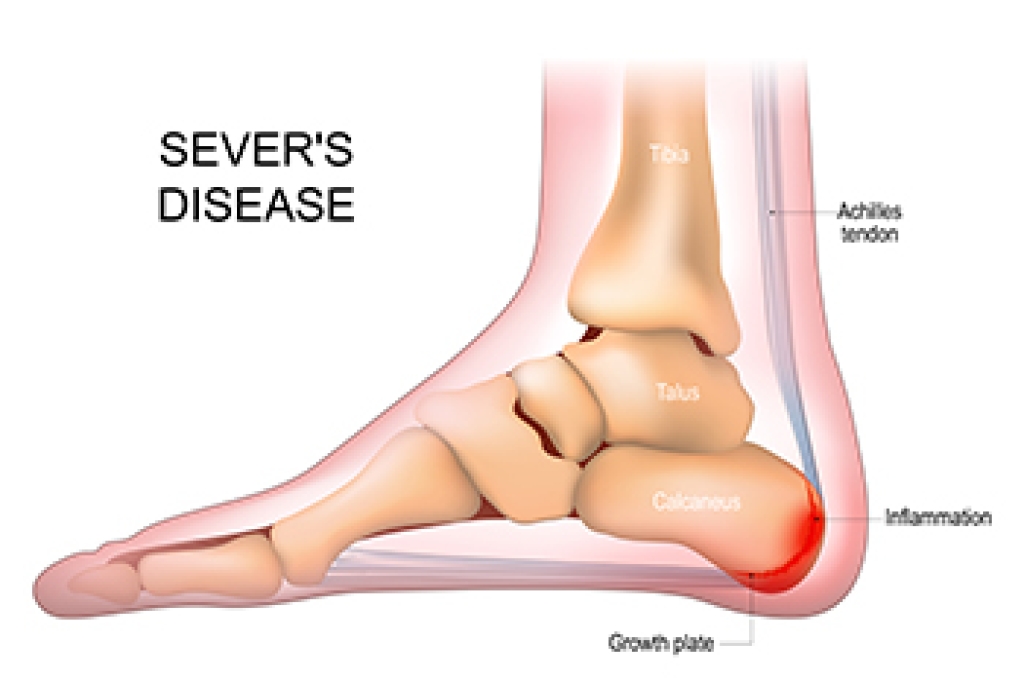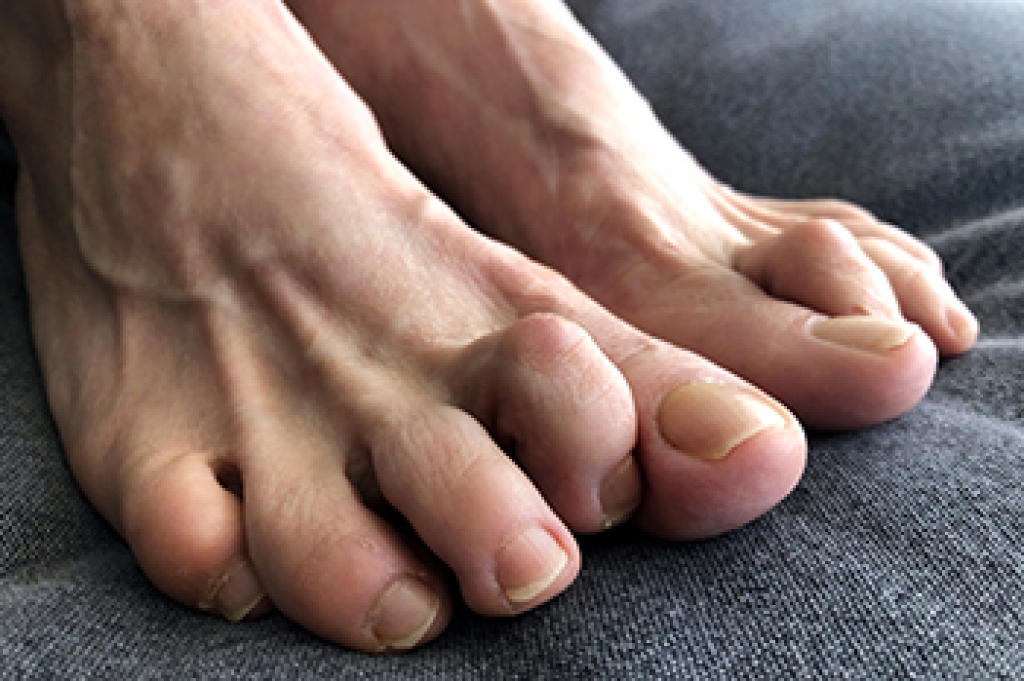
Gout is a form of inflammatory arthritis caused by a buildup of uric acid crystals within a joint, most often affecting the big toe, foot, and ankle. Although commonly associated with men, women can also develop gout, especially after menopause when protective hormone levels change. Symptoms typically include sudden onset of intense joint pain, swelling, redness, warmth, and stiffness, often beginning in the big toe. Causes may include genetics, diet, dehydration, kidney function changes, and certain medications. A podiatrist can help by diagnosing gout through a clinical evaluation, managing acute flare ups, reducing joint inflammation, and providing guidance on footwear and lifestyle modifications to protect the feet. If you develop sudden pain in your big toe, it is suggested that you promptly schedule a podiatry appointment to receive a proper evaluation and personalized care.
Gout is a foot condition that requires certain treatment and care. If you are seeking treatment, contact one of our podiatrists from Graff Foot, Ankle and Wound Care. Our doctors will treat your foot and ankle needs.
What Is Gout?
Gout is a type of arthritis caused by a buildup of uric acid in the bloodstream. It often develops in the foot, especially the big toe area, although it can manifest in other parts of the body as well. Gout can make walking and standing very painful and is especially common in diabetics and the obese.
People typically get gout because of a poor diet. Genetic predisposition is also a factor. The children of parents who have had gout frequently have a chance of developing it themselves.
Gout can easily be identified by redness and inflammation of the big toe and the surrounding areas of the foot. Other symptoms include extreme fatigue, joint pain, and running high fevers. Sometimes corticosteroid drugs can be prescribed to treat gout, but the best way to combat this disease is to get more exercise and eat a better diet.
If you have any questions, please feel free to contact our offices located in Plano, Dallas, Prosper, Allen, Garland, Frisco, and Coppell, TX . We offer the newest diagnostic and treatment technologies for all your foot care needs.




